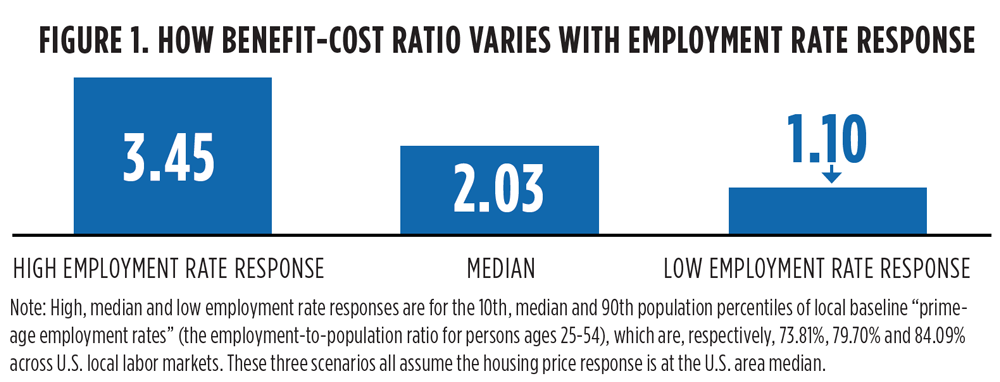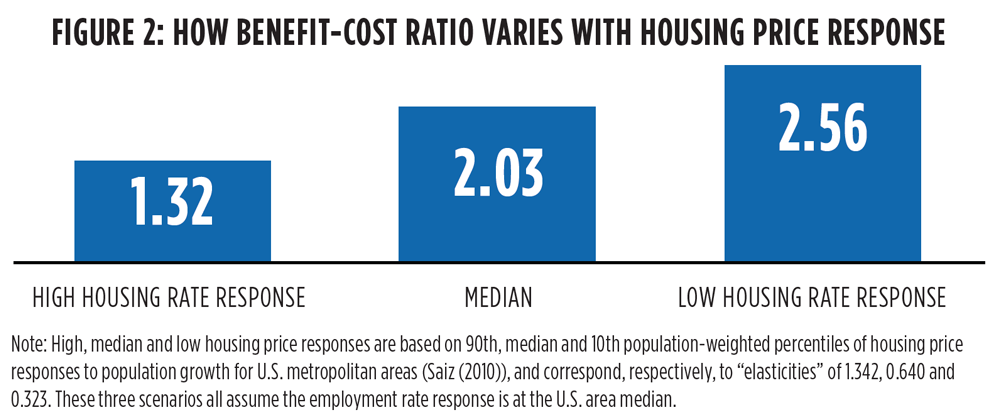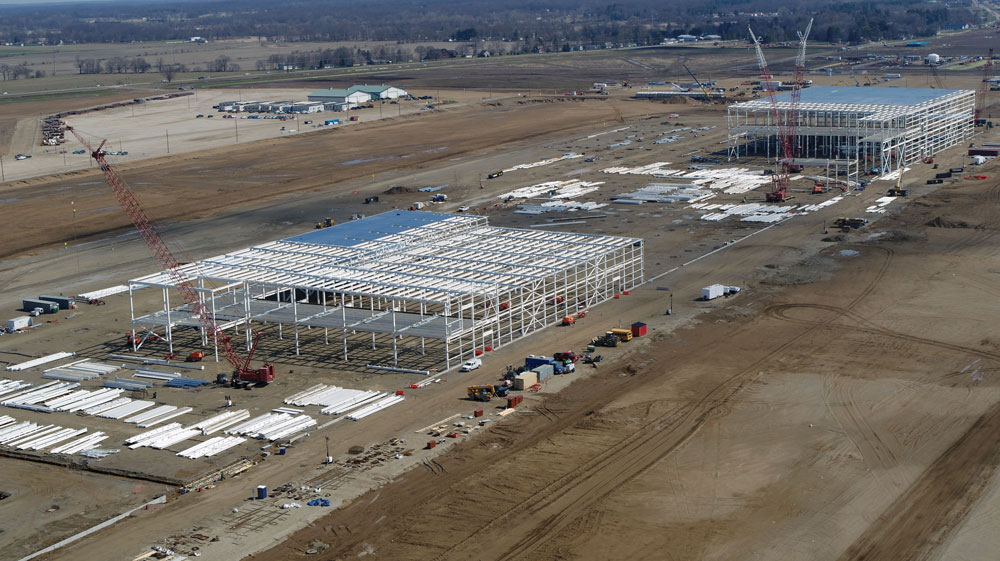by Timothy J. Bartik
Among policy wonks, there has been much buzz lately about the “Abundance movement.” The movement’s key idea is that government policy should make it easier to build new housing and infrastructure, by changing current policies that are argued to impose excessive zoning restrictions and environmental reviews.
The movement tries to address public concerns about the cost of living by lowering housing costs and making it cheaper to build transportation and energy infrastructure. It has a bestselling book, “Abundance” by Ezra Klein and Derek Thompson and has recently convened bipartisan conferences.
State and local economic development programs might seem like natural candidates for the Abundance movement to support. Economic development projects frequently face lengthy delays in getting projects approved and arranging for supportive infrastructure, which are the types of roadblocks the movement intends to dismantle.
However, the Abundance movement has largely ignored or been hostile to local economic development. Abundance movement thinkers are keenly aware that current U.S. barriers to building new things resulted from a backlash against development policies promoted in the 1950s and 1960s by political figures such as New York’s Robert Moses. Bulldozing neighborhoods for urban renewal or highways uproots the residents of these places, and favors the interests of property owners. Few today would support such policies. The Abundance movement does not want to be associated with any development program that repeats a key mistake of these past policies: favoring property owners over incumbent residents.
But economic development policy, done right, can boost incumbent residents’ per capita income and yield broad benefits. Smart economic development policies are complemented by both workforce policies that target job creation for local residents and housing policies that accommodate local population growth. This braiding of policies makes a huge difference when it comes to the benefits of economic development policies.
Case in Point: A Ford Plant in Michigan
Consider how the benefits of a recent economic development project, Ford’s battery plant in Marshall, Michigan, vary with workforce and housing policies. The State of Michigan promised incentives of almost $700,000 per job for this project. In a prior report, I applied a regional model to analyze the benefits and costs of these incentives. In present value terms, I found that the benefits for the initial residents, in higher real income per capita, were 1.82 times the costs of the incentives. The income benefits came from both higher employment rates and higher real wages.
How would this calculus change under different scenarios for local workforce and housing conditions? I re-analyzed benefits under five different scenarios: a “median scenario” in which the project occurs in a local labor market where a typical share of job creation benefits goes to initial residents, and in which the response of housing prices to population growth is also typical; two scenarios in which job growth’s effect on employment rates is either “high” or “low” (a high response is more likely when the project occurs in an economically distressed area, with many non-employed people, or an area with effective workforce programs; a low response is more likely in a booming local area, which attracts workers from outside, or one with ineffective workforce programs, which can’t prepare residents for area jobs); and two scenarios in which the effect of population growth on housing prices is either “high” or “low,” which could vary because of local zoning and other housing policies.

Figure 1 shows how the project’s benefit-cost ratio varies across the scenarios with different effects of job growth on the local employment rate, with the median scenario included for reference. For areas that are economically booming or have weak workforce programs, the benefit-cost ratio is only 1.10. In contrast, if the project is in a distressed area, or one with highly effective workforce programs, the benefit-cost ratio is over three times higher, at 3.45.

Figure 2 shows the analogous comparison for the housing price sensitivity scenarios. If housing prices are highly sensitive to population growth (in places where housing is hard to build, for example), the benefit-cost ratio is only 1.32. Higher housing prices drive up local business costs, which suppresses jobs in other local businesses. Property owners gain, but local workers only get scant benefits. In contrast, if the area’s housing prices are less sensitive to population growth (it’s easier to build housing), the benefit cost ratio almost doubles, to 2.56.
If we combine the scenarios of low employment rate response to job growth and high housing price response to population growth, the benefit-cost ratio of the project falls to 0.66. At the other extreme, combining the scenarios of high employment rate response to job growth and low housing price response to population growth yields a benefit-cost ratio of 4.27. This wide range dramatizes how sensitive the impacts of an economic development project can be to workforce policies and housing policies in combination.
Understanding these potential benefits implies that smart local economic development policies can promote a broadly-shared abundance. Consequently, the various Abundance groups may be more willing to support reforms that make it easier to develop new industrial projects and their supporting infrastructure.

Timothy J. Bartik
Senior Economist, W.E. Upjohn Institute for Employment Research
